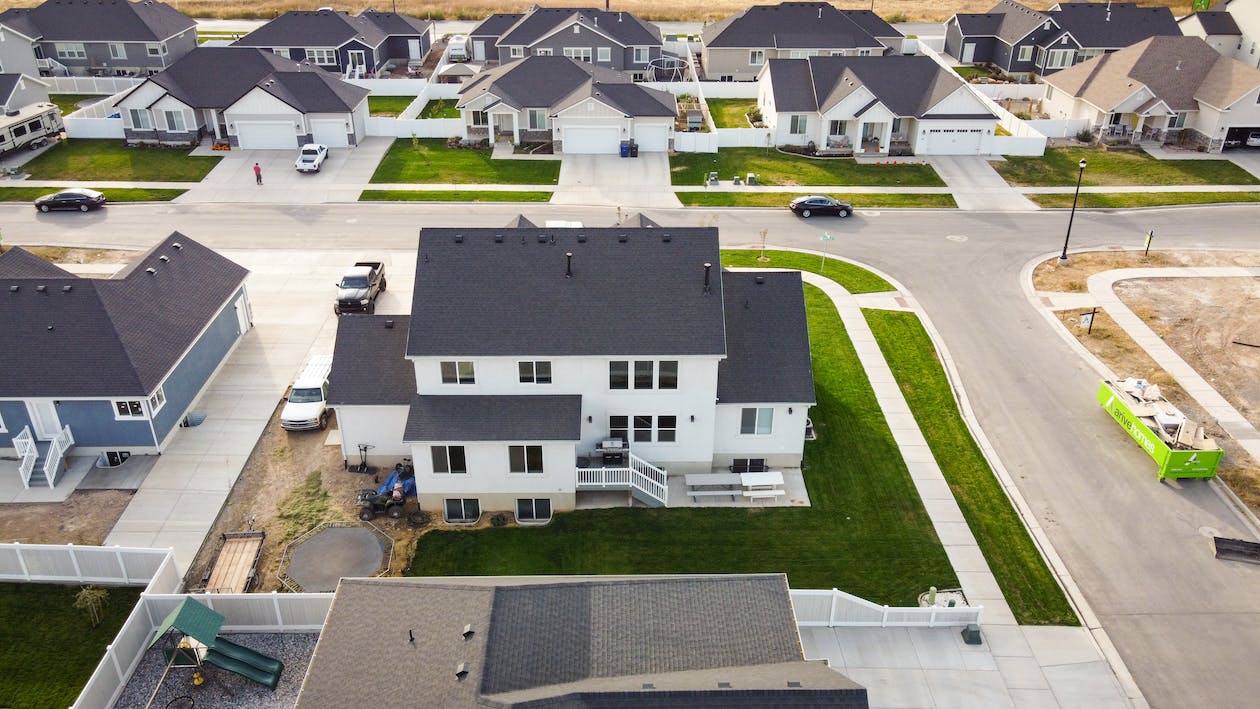
U.S. Home Prices Rise in July Amid Persistent Supply Shortages
In July, home prices in the United States experienced an uptick, fueled by the ongoing scarcity of housing inventory, which has continued to frustrate prospective buyers.
The S&P CoreLogic Case-Shiller National Home Price Index, a widely recognized measure of home prices across the nation, registered a 1% increase compared to the same period the previous year. This gain followed a period of stability in the preceding month.
On a month-over-month basis, the index displayed a seasonally adjusted 0.6% increase in July.
The rise in mortgage rates has brought home-buying affordability to historically low levels, curbing demand. However, the prospect of higher rates has also deterred potential home sellers, as they would be required to relinquish their favorable mortgage rates and acquire new homes at higher interest rates. This hesitation among sellers has contributed to the persistently low supply of homes for sale, consequently bolstering home prices.
According to data from the National Association of Realtors, the median sale price for existing homes climbed by 3.9% in August compared to the same month in the previous year, reaching $407,100.
It is essential to note that the Case-Shiller index, which relies on repeat-sales data, reports with a two-month delay and reflects a three-month moving average. Since homes typically go under contract a month or two before closing, the July data is a reflection of purchase decisions made earlier in the year.
Craig Lazzara, Managing Director at S&P Dow Jones Indices, remarked, “The increase in prices that began in January has now erased the earlier decline.” He further noted, “Although the market’s gains could be truncated by increases in mortgage rates or by general economic weakness, the breadth and strength of this month’s report are consistent with an optimistic view of future results.”
In a more detailed breakdown, the Case-Shiller 10-city index indicated a 0.9% rise over the year ending in July, following a 0.5% decrease in June. Meanwhile, the 20-city index posted a 0.1% increase, in contrast to a 1.2% decline observed in June.
Economists surveyed by The Wall Street Journal had expected the 20-city index to show a 0.3% increase.
Among major cities, Chicago led the nation with the fastest annual home-price growth at 4.4%, followed closely by Cleveland at 4%. Conversely, Las Vegas marked the weakest market, experiencing a 7.2% decline in prices on an annual basis. In tandem with this data, the Federal Housing Finance Agency released its own measure of home-price growth, reporting a 4.6% increase in home prices in July compared to the previous year. The FHFA index exhibited a 0.8% rise in July from the previous month on a seasonally adjusted basis.










